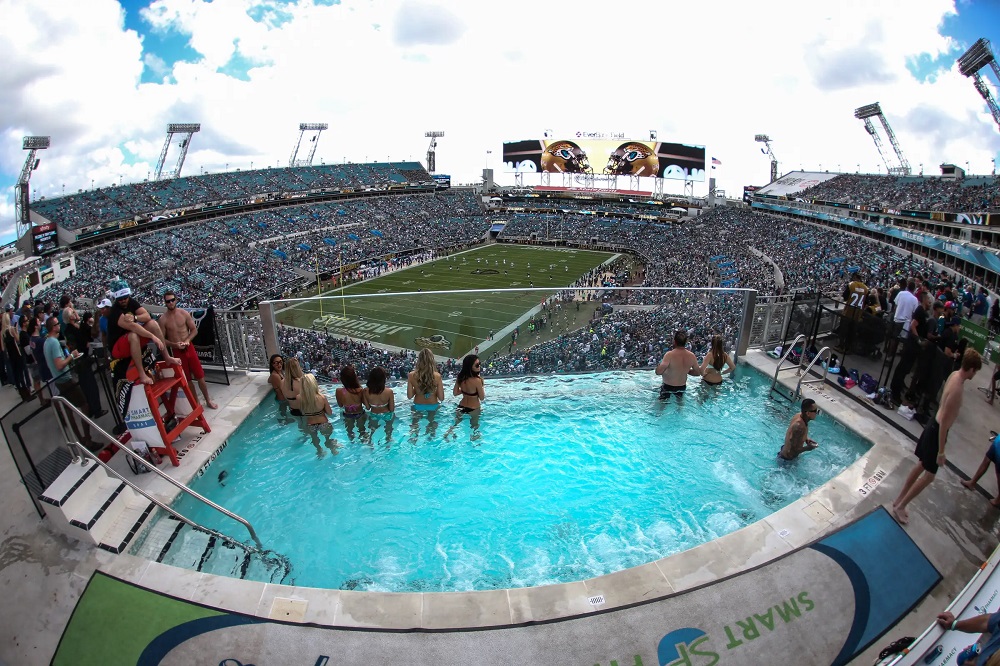Troubleshooting Common Pool Issues: A Handy Repair Guide
Having your own pool is a luxury that offers a delightful retreat from the heat, a fun way to stay fit, and a stylish venue for entertaining friends and family. However, as with any significant investment, it comes with responsibilities. Pool ownership is not just about enjoying the cool waters on a hot day. It also involves regular maintenance, troubleshooting, and sometimes, dealing with unexpected issues that can turn your oasis of relaxation into a source of stress.
This comprehensive guide is designed to help you navigate the complexities of pool ownership. We understand that encountering problems with your pool can be daunting, especially if you’re new to this. That’s why we’ve compiled some of the most common pool issues that you might face, along with practical and easy-to-follow solutions. Our aim is to equip you with the knowledge and confidence to keep your pool in top shape, ensuring it remains a source of joy and relaxation for years to come. Let’s dive in!
Dealing with Cloudy Water
One of the most common issues that pool owners face is cloudy or murky water. This is often a symptom of chemical imbalances or issues with the filtration system. Here’s a more detailed guide on how to restore the crystal-clear water your pool should have:
- Step 1: Regular Testing: The first step in maintaining clear pool water is regular testing. Use a reliable pool testing kit to check the pH, alkalinity, and chlorine levels in your pool. The ideal pH level for a pool is slightly alkaline, between 7.2 and 7.6. Chlorine levels should be maintained between 1.0 and 3.0 parts per million to ensure effective sanitization without irritating swimmers’ skin and eyes.
- Step 2: Chemical Adjustment: If your test results show that your pool’s pH, alkalinity, or chlorine levels are off, you’ll need to adjust them. Pool chemicals, available at pool supply stores, can increase or decrease these levels as needed. Always follow the manufacturer’s instructions when adding chemicals to your pool. Add chemicals in small amounts, allowing the pool water to circulate for a few hours before testing again and making further adjustments.
- Step 3: Filtration System Check: Your pool’s filtration system is crucial in maintaining clear water. It removes small debris and particulates that can make the water cloudy. Check your pool’s filter and pump regularly for any issues. If the filter is dirty, clean it according to the manufacturer’s instructions. If it’s damaged or worn out, replace it. Ensure the pump is running for an adequate amount of time each day. A good rule of thumb is to run the pump for about 1 hour for every 10 degrees of temperature.
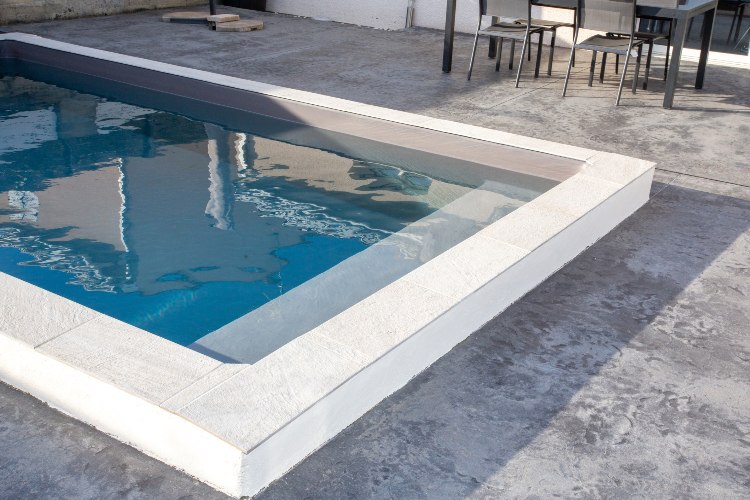 By following these steps, you can ensure that your pool water remains clear and inviting, enhancing the overall swimming experience. It’s important to remember that prevention is indeed the best cure when it comes to pool maintenance. By regularly monitoring the chemical balance of your pool, promptly addressing any visible issues, and maintaining the cleanliness of your pool, you can prevent many common pool problems from escalating into major issues. This proactive approach not only saves you time and effort in the long run, but also contributes to the longevity of your pool, allowing you to enjoy its benefits for many years to come.
By following these steps, you can ensure that your pool water remains clear and inviting, enhancing the overall swimming experience. It’s important to remember that prevention is indeed the best cure when it comes to pool maintenance. By regularly monitoring the chemical balance of your pool, promptly addressing any visible issues, and maintaining the cleanliness of your pool, you can prevent many common pool problems from escalating into major issues. This proactive approach not only saves you time and effort in the long run, but also contributes to the longevity of your pool, allowing you to enjoy its benefits for many years to come.
Tackling Green Water
Green water in your pool is typically a sign of algae growth, a common issue that can occur when the chemical balance in your pool is off, or the pool isn’t being cleaned regularly. Algae spores can be brought into your pool through wind, rain, or even contaminated pool cleaning tools. Here’s a more detailed guide on how to tackle this issue:
- Step 1: Physical Removal: The first step in tackling algae growth is physical removal. Using a pool brush, scrub the sides and bottom of your pool vigorously to dislodge the algae. This is an important step as it breaks up the algae, making the chemicals you add in the next step more effective.
- Step 2: Shock Treatment: Once you’ve scrubbed the pool, it’s time to shock your pool. Pool shock is a high concentration of chlorine designed to kill algae and bacteria. Follow the manufacturer’s instructions for the correct amount to add. It’s usually a good idea to add more than the recommended amount when dealing with algae (often referred to as ‘super-chlorinating’ or ‘double-shocking’).
- Step 3: Filtration: After shocking the pool, run your pool filter for at least 24 hours to remove the dead algae from the water. You may need to clean or backwash your filter multiple times during this process as the dead algae can quickly clog the filter.
- Step 4: Balancing the Chemicals: Once the algae have been killed and removed, it’s important to rebalance your pool’s chemicals. Test your pool water for pH, alkalinity, and chlorine levels, and adjust them as necessary using pool chemicals. Maintaining the right chemical balance in your pool is crucial to prevent future algae growth.
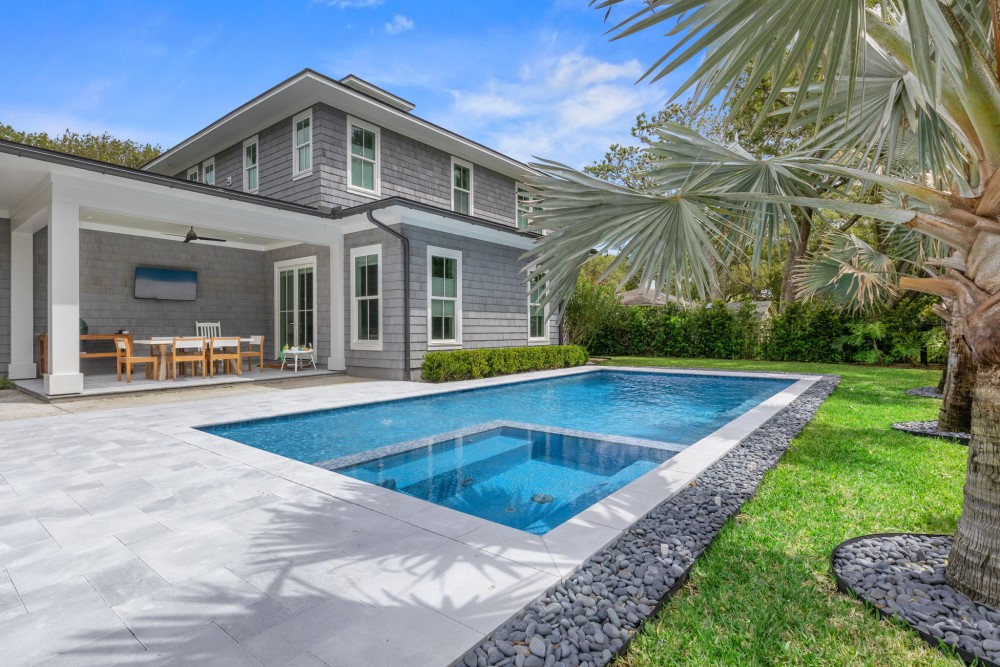 Remember, maintaining a clean and healthy pool involves regular testing and adjustment of chemical levels, thorough brushing of pool surfaces, and keeping the filtration system in optimal condition. By checking pH, alkalinity, and chlorine levels weekly, scrubbing the pool to prevent algae growth, and ensuring the filter and pump are functioning properly, pool owners can prevent common issues such as cloudy or green water. This proactive approach to pool maintenance not only keeps the water clear and inviting but also ensures a safe and enjoyable swimming environment.
Remember, maintaining a clean and healthy pool involves regular testing and adjustment of chemical levels, thorough brushing of pool surfaces, and keeping the filtration system in optimal condition. By checking pH, alkalinity, and chlorine levels weekly, scrubbing the pool to prevent algae growth, and ensuring the filter and pump are functioning properly, pool owners can prevent common issues such as cloudy or green water. This proactive approach to pool maintenance not only keeps the water clear and inviting but also ensures a safe and enjoyable swimming environment.
Addressing Persistent Algae
If you’ve noticed that algae reappears in your pool even after thorough cleaning and treatment the culprit might be phosphates in your pool water. Phosphates are nutrients that algae feed on and they can enter your pool through various sources such as rainwater, fertilizers, and even some pool chemicals. Here’s a more detailed guide on how to deal with persistent algae by addressing phosphate levels:
- Step 1: Testing for Phosphates: The first step in addressing persistent algae is to determine if phosphates are present in your pool water. You can do this by using a phosphate test kit, which is available at most pool supply stores. These kits are easy to use and provide quick results.
- Step 2: Using a Phosphate Remover: If the test results confirm the presence of phosphates, the next step is to use a phosphate remover. These products work by chemically reacting with the phosphates in the water, forming a precipitate that can be removed by the pool’s filtration system. When using a phosphate remover, it’s important to follow the manufacturer’s instructions for the correct amount to add. Remember to distribute the product evenly across the pool for best results.
- Step 3: Running Your Pool Filter: After adding the phosphate remover, run your pool filter to remove the precipitated phosphates from the water. Depending on the level of phosphates and the efficiency of your filter, this process may take several hours to a few days. You may also need to clean or backwash your filter during this process.
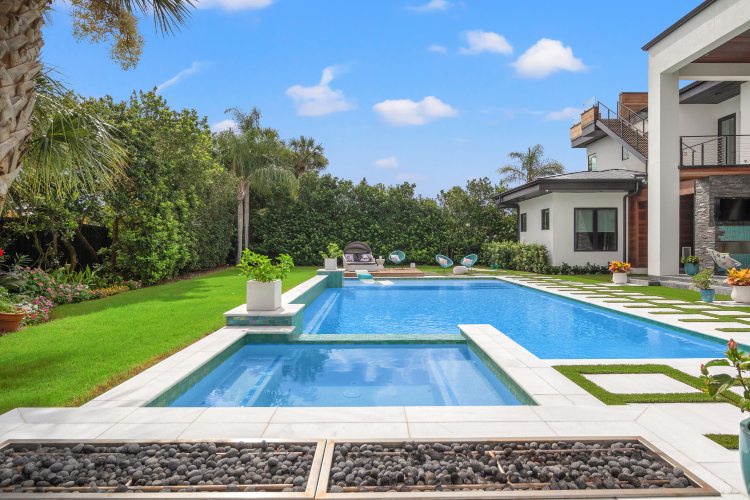 By proactively addressing the root cause of persistent algae, which is often the presence of phosphates in your pool water, you can maintain a cleaner and clearer pool. This not only enhances the visual appeal of your pool, making it more inviting for a refreshing dip, but also ensures a healthier swimming environment by preventing the proliferation of algae that can disrupt the chemical balance of the water.
By proactively addressing the root cause of persistent algae, which is often the presence of phosphates in your pool water, you can maintain a cleaner and clearer pool. This not only enhances the visual appeal of your pool, making it more inviting for a refreshing dip, but also ensures a healthier swimming environment by preventing the proliferation of algae that can disrupt the chemical balance of the water.
Remember the cornerstone of effective pool management is regular testing and maintenance. This involves routinely checking the chemical balance of your pool, promptly removing any visible debris, and ensuring your filtration system is working efficiently. These practices are key to preventing not just algae, but a host of other common pool issues as well.
In essence a well-maintained pool is the result of consistent care and attention. By investing time in regular upkeep, you can enjoy the benefits of a sparkling clean pool that’s ready for enjoyment at any time.
Removing Stains on the Pool Surface
Stains on your pool surface can be an eyesore and may even cause damage if left untreated. These stains can be caused by metals present in the water or from organic materials like leaves or algae. Here’s a more detailed guide on how to identify and remove these stains:
- Step 1: Identifying the Type of Stain: The first step in stain removal is to identify the type of stain. Metal stains are often colored and can appear as green, brown, or black spots on your pool surface. These are usually caused by metals like iron, copper, or manganese present in the water. On the other hand, organic stains are usually brown or green and are caused by organic materials like leaves, algae, or even some types of pool chemicals.
- Step 2: Choosing the Right Product: Once you’ve identified the type of stain, you can choose the appropriate product for removal. For metal stains, use a metal sequestrant product. These products work by binding to the metals in the water, preventing them from causing further stains. For organic stains, use an enzyme product. These products work by breaking down the organic material, making it easier to remove.
- Step 3: Applying the Product: Follow the manufacturer’s instructions for the correct amount to add. Make sure to distribute the product evenly across the stained area for best results. For stubborn stains, you may need to scrub the area with a pool brush after applying the product.
- Step 4: Regular Maintenance: To prevent future staining, regularly test your pool water for high metal content and remove any organic debris promptly. Consider using a pool cover to keep leaves and other debris out of your pool when it’s not in use.
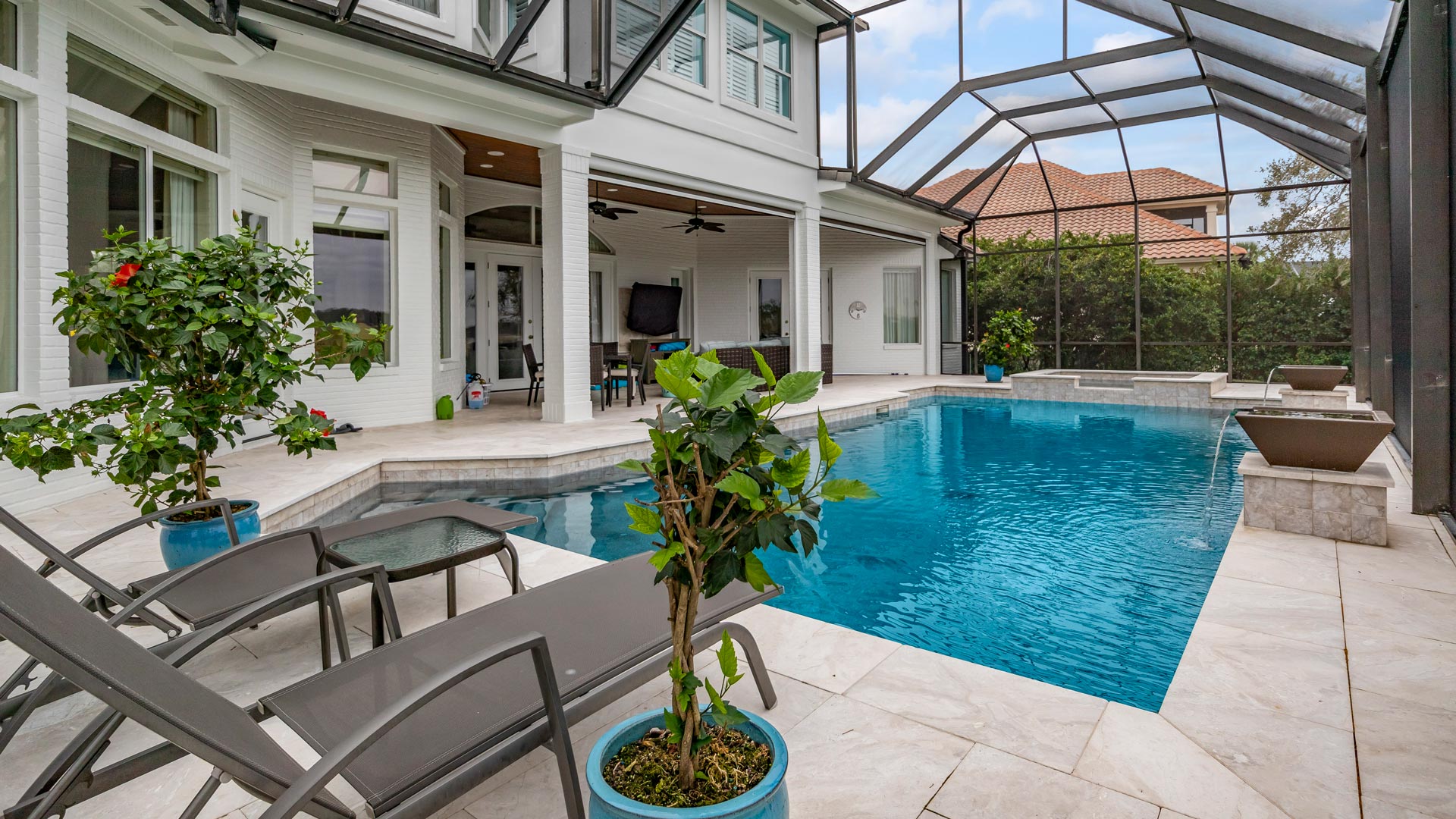 By diligently adhering to these steps, you can maintain a clean and stain-free pool surface. This not only enhances the aesthetic appeal of your pool, making it an inviting oasis for relaxation and recreation, but also contributes to the overall health of your pool. A clean pool surface is less likely to harbor harmful bacteria or algae, ensuring a safer swimming environment for you and your family. Moreover, regular maintenance can extend the lifespan of your pool, protecting your investment in the long run. In essence, these simple yet effective steps can transform your pool maintenance routine, leading to a cleaner, healthier, and more enjoyable pool.
By diligently adhering to these steps, you can maintain a clean and stain-free pool surface. This not only enhances the aesthetic appeal of your pool, making it an inviting oasis for relaxation and recreation, but also contributes to the overall health of your pool. A clean pool surface is less likely to harbor harmful bacteria or algae, ensuring a safer swimming environment for you and your family. Moreover, regular maintenance can extend the lifespan of your pool, protecting your investment in the long run. In essence, these simple yet effective steps can transform your pool maintenance routine, leading to a cleaner, healthier, and more enjoyable pool.
Addressing High Energy Bills
If you’ve noticed a spike in your energy bills, your pool pump might be the primary factor. The pool pump, responsible for circulating water and keeping your pool clean, is often one of the most energy-consuming components of a pool system. Here’s a more detailed guide on how to optimize your pool’s energy efficiency:
- Step 1: Upgrading Your Pool Pump: Traditional single-speed pumps run at a constant speed regardless of what task they’re performing, which can lead to unnecessary energy usage. Consider upgrading to a variable speed pump. These pumps can adjust their speed depending on the task, such as filtration or heating, which can be more energy-efficient and cost-effective in the long run.
- Step 2: Optimize Pump Operation Time: Running your pool pump continuously throughout the day can lead to high energy costs. To reduce this, consider running your pool pump during off-peak hours when electricity rates are typically lower. However, ensure that your pool water is circulated adequately to keep it clean and clear.
- Step 3: Use a Pool Cover: A significant amount of energy is lost through water evaporation and heat loss, especially in heated pools. By using a pool cover, you can reduce evaporation by up to 95%, which can significantly reduce the need to run your pool heater and refill your pool, leading to lower energy and water bills.
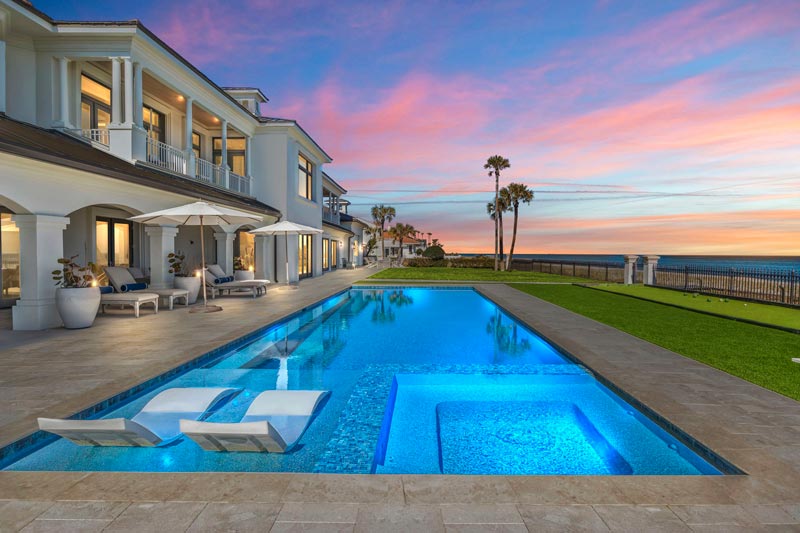 Remember, regular maintenance is key to preventing most pool issues and ensuring efficient operation. This includes cleaning the filters, checking the pool chemistry, and inspecting the pool equipment regularly. If you’re unsure about any aspect of pool care or energy efficiency, don’t hesitate to reach out to a pool professional. They can provide expert advice tailored to your specific pool and local climate conditions.
Remember, regular maintenance is key to preventing most pool issues and ensuring efficient operation. This includes cleaning the filters, checking the pool chemistry, and inspecting the pool equipment regularly. If you’re unsure about any aspect of pool care or energy efficiency, don’t hesitate to reach out to a pool professional. They can provide expert advice tailored to your specific pool and local climate conditions.
Conclusion
Owning a pool is a significant investment that comes with its share of challenges. However, with regular maintenance and a proactive approach to troubleshooting, you can enjoy a clean, safe, and inviting pool all year round.
If you’re in the greater North Florida regions or Southern Georgia and need professional help with your pool, consider reaching out to Coastal Luxury Outdoors in Jacksonville. As the premier pool building and maintenance company in town, we not only specialize in new pool installations and remodels but also offer a wide variety of services that deal with repairs and maintenance. Our team of experts can provide you with the knowledge, resources, and services you need to keep your pool in top shape.
Remember, the key to a great pool experience is regular care and timely intervention. And with Coastal Luxury Outdoors by your side, you can enjoy the luxury of a well-maintained pool without the hassle. Happy swimming!
Recent Blog Articles
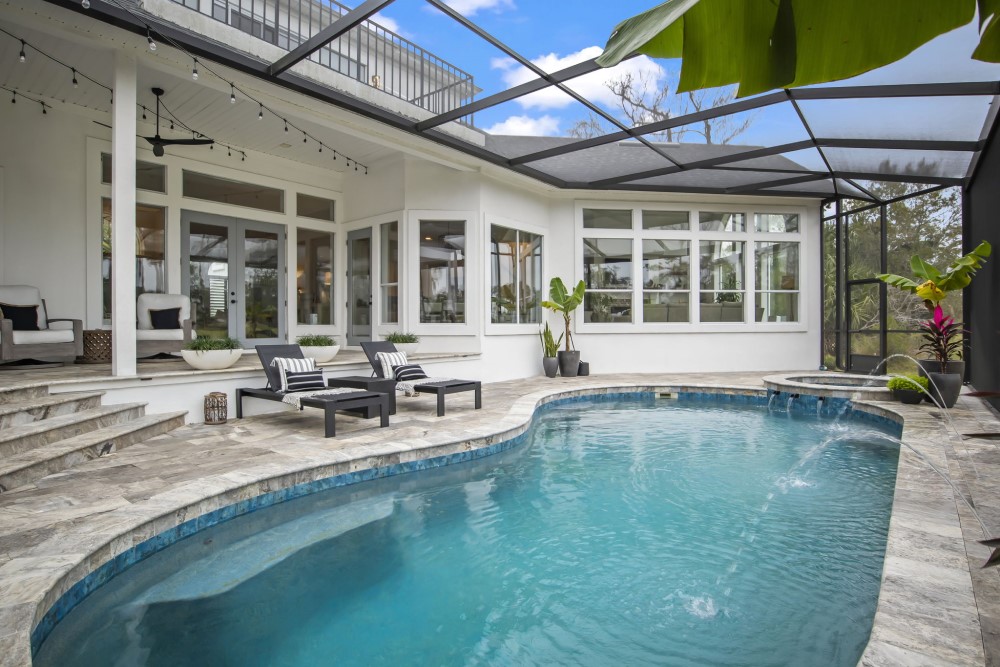
Plaster Options: Pebble vs. Quartz
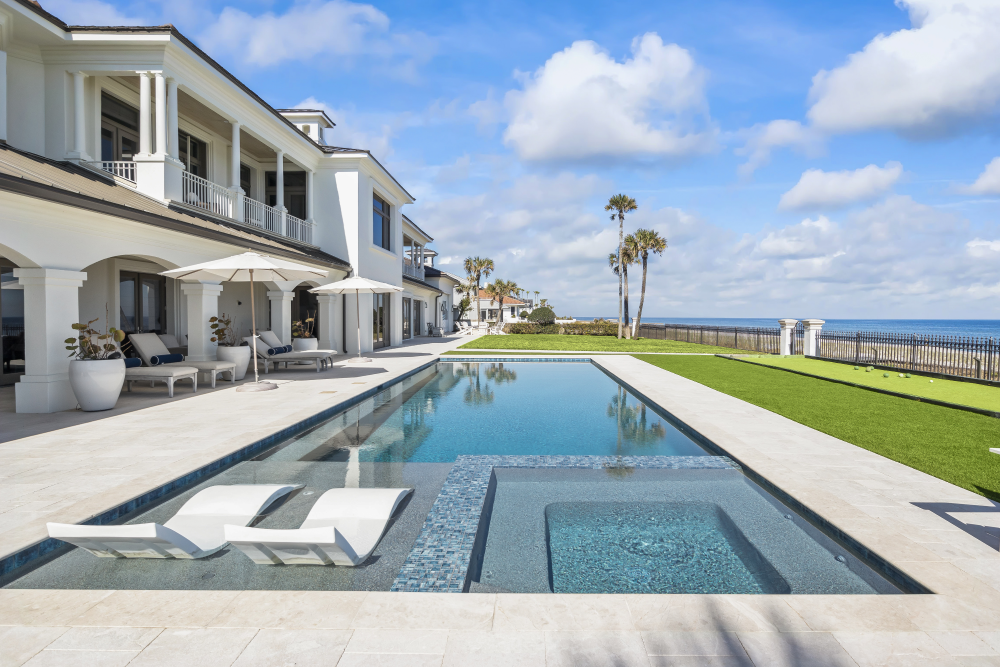
Choosing the Right Spa Spillway for Your Pool
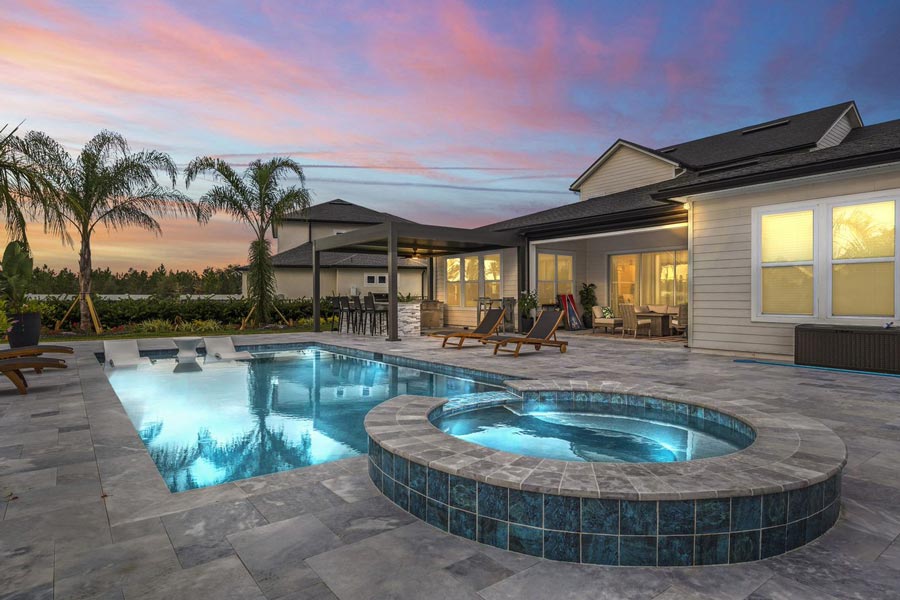
How Much Does It Cost to Build a Pool in Florida (2025 Price Guide)
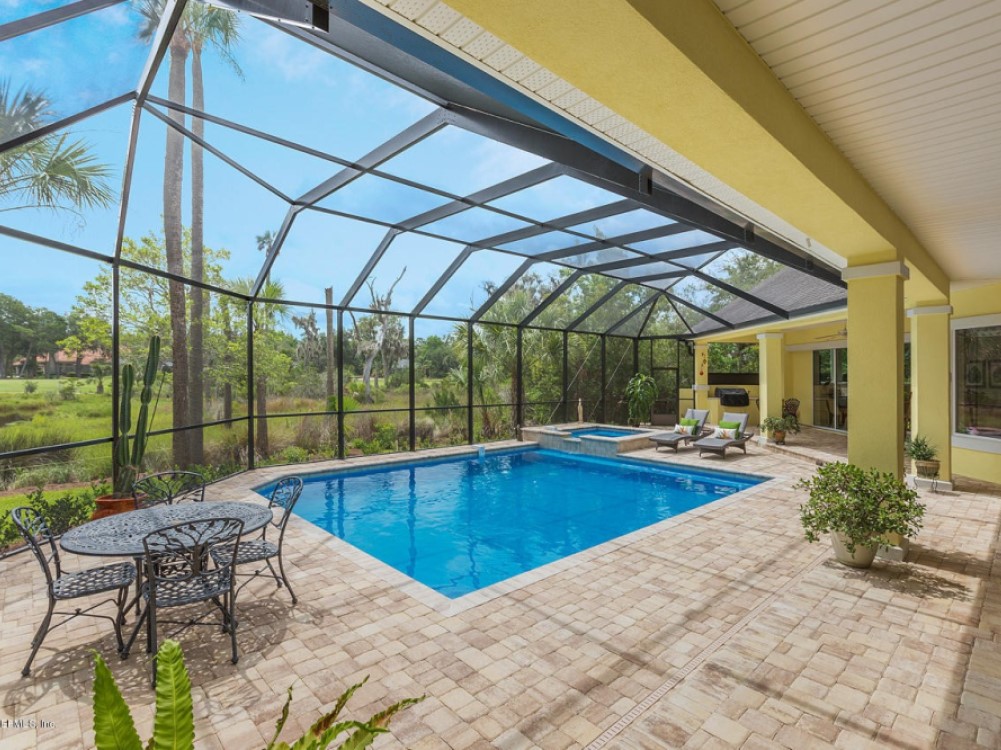
The Importance of Annual Filter Replacement
